In today’s global and sustainable economy, green logistics has become the “passport” for Vietnamese goods to enter international markets. Yet, the path toward greener supply chains remains difficult. It demands coordinated efforts in infrastructure, policy, and long-term planning.
Rising Pressure to Go Green
Source: Danang Port
Sustainability is now a global requirement. Vietnamese exporters face growing pressure to green their logistics operations. What used to be a trend is now a condition for market access and global competitiveness.
Mr. Dao Trong Khoa, Chairman of the Vietnam Logistics Business Association (VLA), said the green transition marks a historic turning point for Vietnamese enterprises. Global supply chain disruptions, rising freight costs, and new regulations such as carbon taxes and ESG standards from the EU and the U.S. are raising competition.
Today, green logistics goes beyond slogans. It covers every supply chain stage—sourcing, production, distribution, and waste management. Resolution No. 163/NQ-CP by the Vietnamese Government also identifies logistics and sustainable supply chains as key drivers for green growth.
From a business view, Mr. Do Ha Nam, Chairman of Intimex Group, said global buyers now demand efficient routes, low-emission vehicles, and transparent carbon reports.
“Intimex outsources most of our logistics, such as cold storage, so emission control is still limited. Still, we evaluate suppliers using ISO 9001:2015, focusing on quality, safety, and environment,” Mr. Nam shared.
Likewise, Mr. Nguyen Van Thu, Chairman of GC Food, which exports aloe vera to Japan and South Korea, said ESG criteria are becoming a standard in supply chains.
“Though not yet affected by the EU’s CBAM policy, GC Food treats this as a time to prepare and grow stronger,” he said.
Barriers to Green Transition
Source: Ministry of Industry and Trade
Despite progress, Vietnam’s green logistics sector is still young. Poor infrastructure—especially in roads and warehouses—remains a key obstacle.
Mr. Nam said Intimex is building a proactive logistics model through partnerships and investments in energy-efficient technologies. Yet, weak domestic capacity still limits overall performance.
At GC Food, emission reduction starts from the source. In Khanh Hoa, the company built a plant next to its 159-hectare aloe farm, cutting transport time and carbon output.
“By processing locally, we reduce both logistics steps and emissions,” Mr. Thu explained.
However, he added that no company can go green alone. Logistics depends on shared infrastructure and strong regional links. Vietnam still relies heavily on road transport, which emits the most CO₂. Cleaner options like rail and waterways remain underused.
GC Food’s plant is only a few kilometers from the North–South railway, yet can’t connect due to the lack of proper transshipment hubs. Green transport also costs more, and certified eco-friendly providers are still rare outside major cities.
“For small and medium exporters, especially in agriculture, finding ESG-compliant carriers is still a big challenge,” said Mr. Thu.
The Road Ahead: Green Logistics as a Strategic Imperative
It is evident that green logistics is no longer an option but a survival strategy for Vietnamese exporters in an increasingly competitive global market. The road ahead may be long and complex, but it cannot be delayed. Only when the government, enterprises, and logistics partners move together—supported by robust infrastructure, clear policy frameworks, and greater environmental awareness—can Vietnamese goods strengthen their international reputation through sustainability and environmental responsibility.
Source: Vietnam Logistics
07/11/2025
 info@mplogistics.vn
info@mplogistics.vn (+84) 28 3811 9033
(+84) 28 3811 9033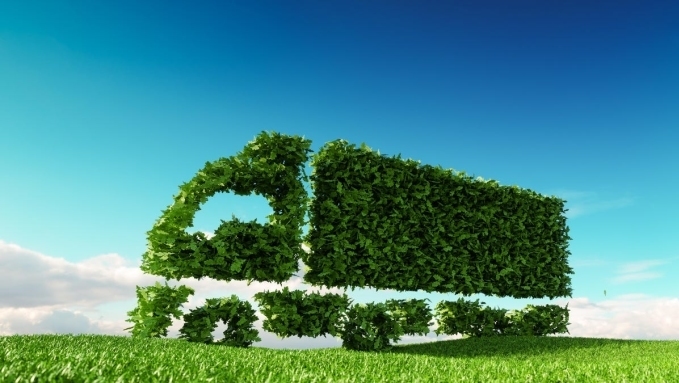
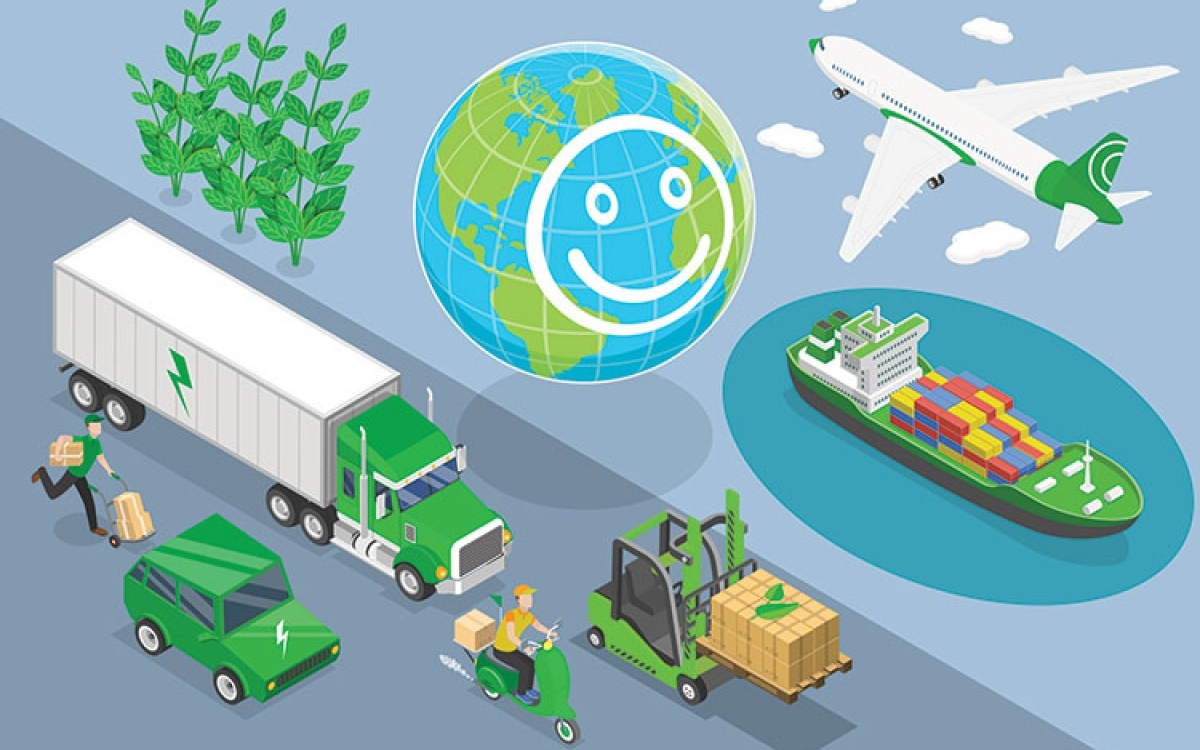
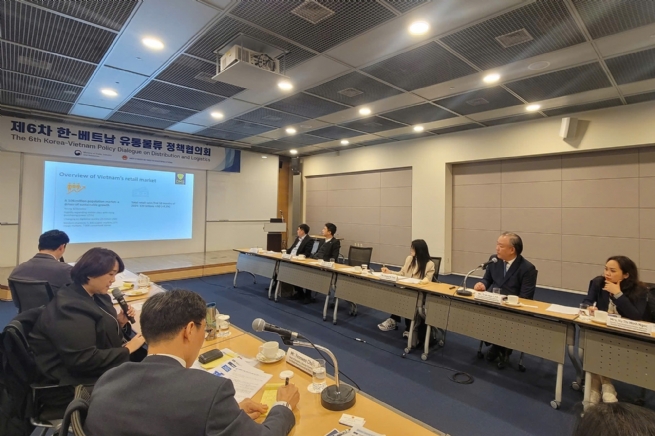

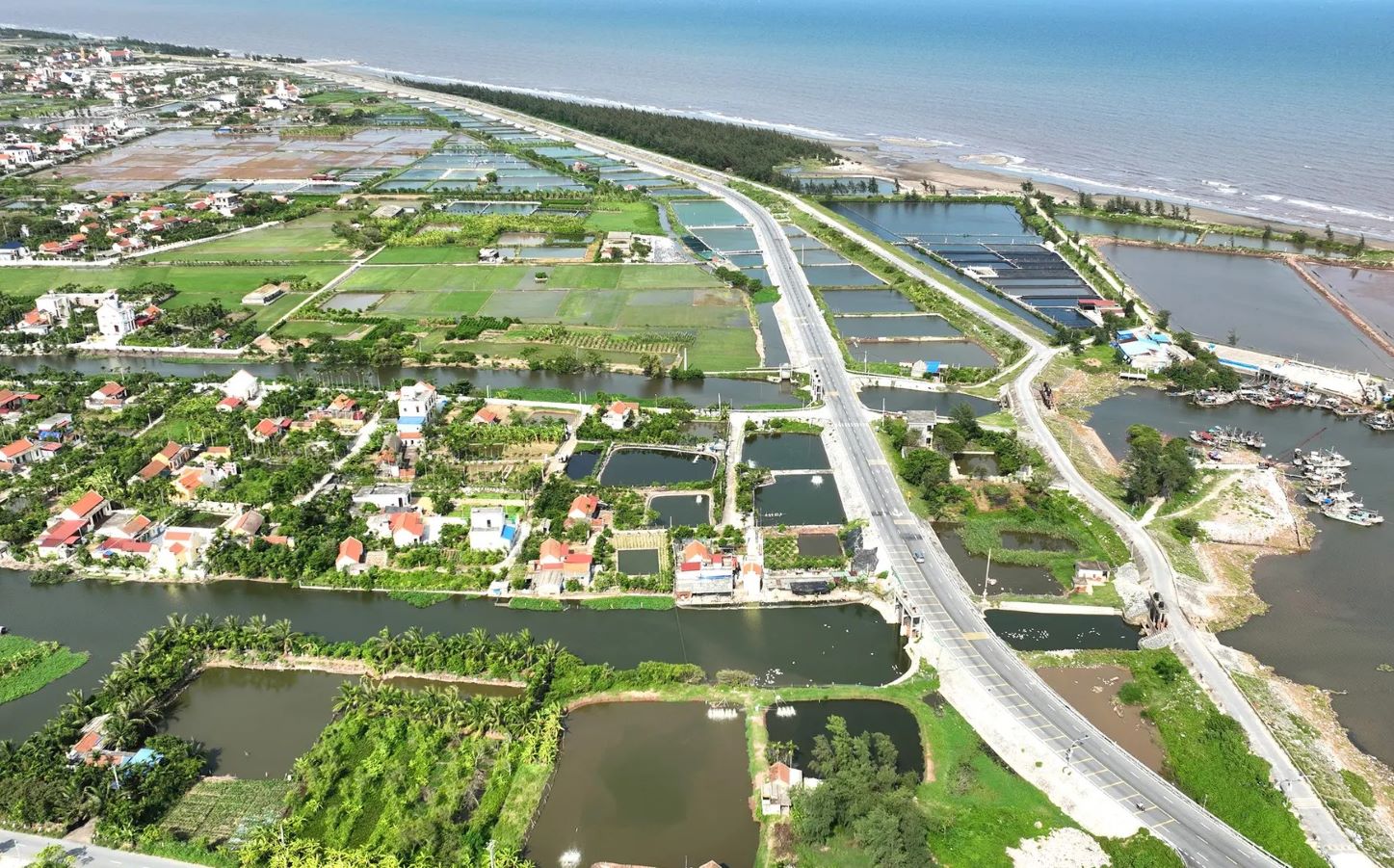
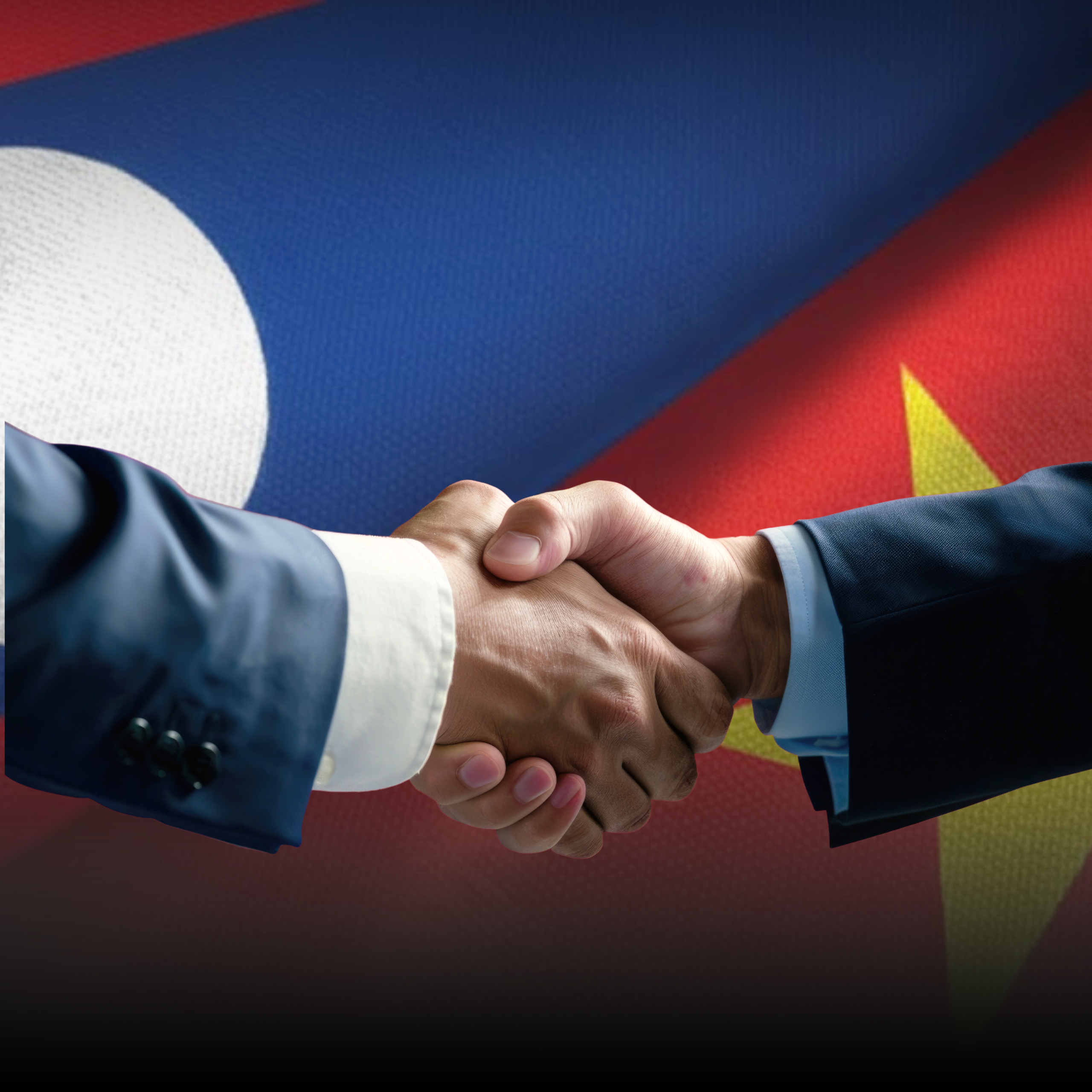

 VN
VN